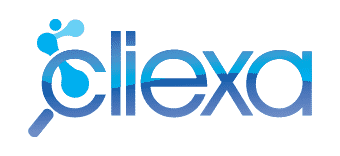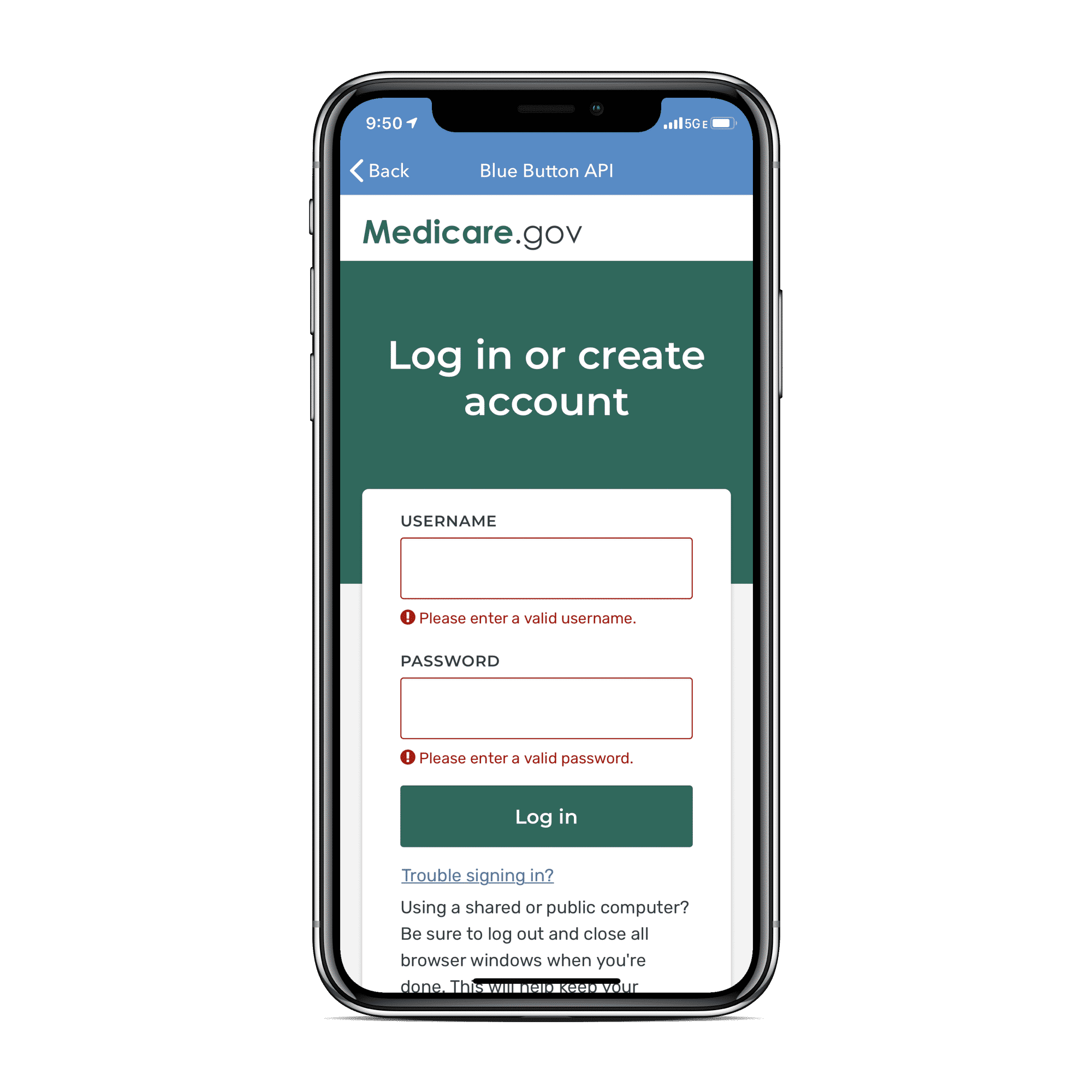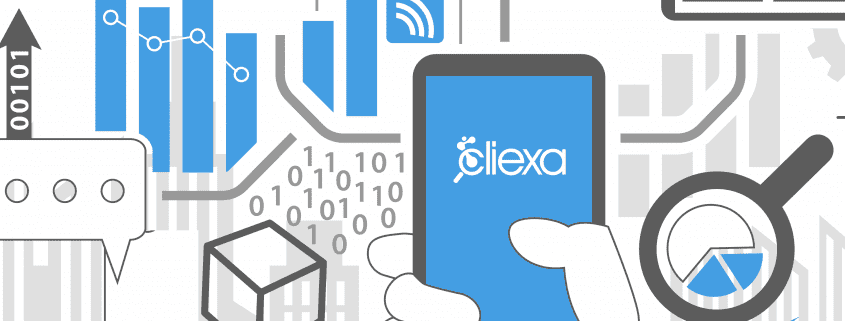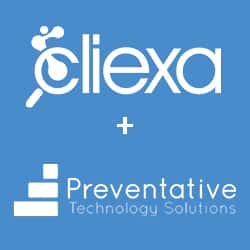The Problem
With healthcare reform sweeping our nation, many hospitals and clinical practices are prioritizing compliance to rules, regulations, and laws of healthcare, in order to streamline operations while providing safe, high-quality patient care. Oversight of compliance is managed by the Department of Health and Human Services (HHS) and the Office of Inspector General (OIG). Physicians and their staff face increasing scrutiny when it comes to documentation, coding compliance, and the auditing process conducted by Medicare Recovery Audit Contractors (RACs) and private payers. The combined effects of a national shift towards value-based care and reducing costs have inevitably led to payers auditing more aggressively to identify potential overpayments. In the 2018 Comprehensive Error Rate Testing (CERT) report, the Medicare fee-for-service program documented an improper payment rate at 8.12 percent, representing $31.62 billion in improper payments (5). Common causes of improper payments include:
- 58% due to insufficient documentation
- 21.3% due to unnecessary medical proceeding
- 11.9% due to incorrect coding
- 2.6% due to lack of documentation
- 6.3% due to other
Physicians and healthcare providers now face increasing pressure to get documentation right while delivering quality patient care. This shift creates a need for a robust cross-communication platform like cliexa, to foster collaboration between patients, providers, payers, and key stakeholders involved in the healthcare system in order to quantify and qualify patient-reported outcomes (PRO). As seen in the breakdown above, over 70% of improper payments are due to documentation errors or services deemed medically unnecessary.
Documentation Issues
Any healthcare professional who uses electronic medical records (EMRs) with auto-populating templates such as, but not limited to, a quick click-through of a review of organ systems (ROS) template that may not have been fully reviewed or has a default entry, is at risk for audit. For example, a patient can be seen professionally for having back pain, yet the musculoskeletal ROS was documented as negative when it should have said “low back pain.” This is a red flag to the auditor and prompts them to look for other inconsistencies. Errors can also occur during billing and coding, however, CPT and ICD-10 coding errors are less prevalent when documentation is adequate (6).
With cliexa, a substantial portion of the ROS, medical history, family history, and social history can be streamlined into the EMR from the comfort of the patient’s home or shortly before the physician sees the patient. This function will close the gap in clerical errors and serve as a safety net for when a provider forgets to elicit additional questions from the patient during the encounter or enter it into their notes.
It only takes on average 30 encounters of an ICD-10 code reported that was not supported in the physician’s note, or coding one level higher than they should have, to be audited. Medicare or the insurance company (payer) will ask for approximately $45,000 back, yet the actual amount paid will amount to over $1 million after accounting for interest, extraneous fees, and penalties (6). Those who code for a lower level of services or have smaller practices may believe they will not be audited since they are taking the low-risk approach, however, that is far from the truth. Auditing occurs because they identify the physician as an outlying practitioner compared to colleagues in the same specialty nearby. For example, a physician consistently bills level 4 and 5 services, while colleagues are billing mostly level 3 care, raises a red flag.
Even with an active body overseeing clinical documentation improvement (CDI) in the hospital and frequent educational sessions, these errors still persist. The demands on physicians and mid-level providers can get overwhelming, splitting their time between treating patients at increasing volumes and endless documentation despite the adoption of EMRs. Eventually, something gives. The trends show physicians improve significantly in the immediate 6 month period after billing training sessions, and unfortunately, often revert back to the same pattern of minimally edited or rushed medical notes (6).
As shown above, in the CERT report, services deemed medically unnecessary falls in the second most common cause of payment retraction. Having a strong patient medical history component in the physicians’ note lays the foundations for justification for office visits, labs, or imaging services rendered. It will naturally defend the need for such services. This is where cliexa comes in, allowing patients to fill out clinical assessments outside the hospital or clinic walls. This is especially important for chronic care management (CCM) patients because we can capture the trend of the patient’s disease progression, using reliable and objective data. As data accrues while a patient documents their symptoms improving or worsening, clinicians can intervene or change management as necessary. When further lab work or imaging is necessary, it will already be justified and deemed “medically necessary” with trending data, thus decreasing the potential for billing rejections from payers. This real-time data is sent directly to the Cloud and then to the clinician’s EMR system, with no disruption in workflow.
Another common issue occurs during documentation of the chief complaint and history of present illness (HPI) in the patient’s medical record. For example, a CCM patient with rheumatoid arthritis has been under your care for a couple of years. It is not sufficient to say “patient is here for a follow-up visit” as the chief complaint. The status of the patient must be further explained, such as comparisons made to previous visits: are they improving, worsening, stable, or well-controlled, as a result of any medications? The HPI is a section in the patient’s medical note that requires the physician to document, not ancillary staff such as nurses or medical assistants. An auditor will review the HPI and grade it in two levels: brief or extended.
- Brief HPI, 1-3 HPI elements
- “Patient is here for arm (location) pain that started a week ago (duration)”
- Extended HPI, 4+ HPI elements
- “Patient is here for waxing and waning (timing), arm pain (location) that started a week ago (duration). He states it is a constant ache (quality) type pain that worsens when he wakes up (provoking factor).
Leaving out important parts of the documentation will lead to a lower level of service in billing and lower reimbursements. To mitigate this issue, cliexa offers screening and compliance tools that are already integrated on the platform.
Evaluation & Management Audit
A major pitfall in an audited record of high concern for the HHS and OIG stems from EMRs “assisting” physicians and mid-level providers with coding and documentation prompts. Most EMRs come with a feature that supports accurate evaluation and management coding, yet they can also cause inaccurate coding. Often times, the EMR does not have the ability to identify key data elements related to complex medical-decision making (MDM), which is alarming when it comes down to identifying the most accurate E&M code to use. Common mistakes made by the EMR system include:
- Inaccurate level of service calculation (E&M codes) based on content in the documentation
- Inability to create content and set system defaults
- Inability to automatically detect a conflict between the information in the HPI and the ROS section
Understanding the inner workings of the EMR as well as optimizing its billing elements requires extensive time that physicians and HCPS do not have. As such, an over-reliance on the EMR’s suggested E&M code develops, which leads to unintentional upcoding or down-coding. Many providers believe that using the EMR-provided code would protect them from coding at a level not supported by documentation or medical necessity. Compensation may rise at first, but end up in payment retractions from payers or increase their risk for fraud. For example, if a patient comes for a follow-up visit, it is not necessary to include the 12-system ROS or family history of this patient, as it was already detailed in the initial consultation note. This can trigger the EMR to suggest a higher coding level, which is not justified. Physicians need an automated process that can quickly categorize the nature of the visit, which is offered in the cliexa platform with our coding compliance programming.
Medical Decision-Making (MDM)
The MDM portion of the E&M record makes up the criteria for the visit code physicians bill. In other words, it is more important than the history and exam portion of the physician’s note. MDM constitutes the complexity of the diagnosis and/or creating a management plan. From the desk of the auditor, these factors include:
- The number of possible diagnoses and/or the number of management options that must be considered
- Amount or complexity of medical records, diagnostic tests, and/or other information that must be ordered, reviewed and analyzed
- The risk of complications, morbidity, or mortality and associated comorbidities related to the patient’s presenting chief complaint, diagnostics and management options (6)
In order to qualify for a given type of MDM (Straightforward, Low Complexity, Moderate Complexity, High Complexity), at least 2 out of the 3 elements listed above must be met. Each tier has its own designations under each element. For example, straightforward has a minimal or established problem that is stable and improved for a number of possible diagnoses. Whereas low complexity would have a low number of possible diagnoses or established problem that is worsening. cliexa has compliance measures built into the platform to ensure patients actually qualify for the right codes. You can also build in custom screening tools, such as a CCM patient with 2+ chronic conditions. At the same time, the physician can collect clinical metrics and compliance data through our system that directly integrates to your MIPs quality reports in the EMR. MIPs, which stands for Merit-based Incentive Payment System, is CMS’ largest value-based care payment program, which was adopted to shift the healthcare industry from fee-for-service to pay-for-value. There is a public reporting aspect of MIPs that impacts a clinician’s reputation as well as reimbursements: better MIPs score results in higher payments. It’s important to note that if one does not submit data for MIPs, there will be up to 5% reduction of Medicare reimbursements; this process is automated in our platform.
The compliance aspect of a clinician’s life cycle is complicated and frustrating, to say the least. That is why our platform can offer solutions to maximize your patient-facing time. Many aspects of the office visit require filling out surveys or patient information that ends up taking more time than the visit itself. cliexa brings increased efficiency to your practice by:
- Streamlining the documentation aspect via integration with EMR for audit protection and compliance
- Improve physician-patient communication
- Allow customizable built-in surveys and questionnaires to improve your MIPs score
References
- Reversing physician burnout requires total change in the culture of medicine. (n.d.). Retrieved May 28, 2019, from Healthcare Finance News website: //www.healthcarefinancenews.com/news/reversing-physician-requires-total-change-culture-medicine
- Healthicity (2018). Compliance and Auditing Benchmark Report 2018. Retrieved May 20, 2019 from Source: //www.healthicity.com/blog/use-this-2018-compliance-auditing-benchmark-report-reduce-risks-increase-your-value
- Getting paid for remote and virtual care services: CPT codes to know and understand. (n.d.). Retrieved May 28, 2019, from Healthcare Finance News website: //www.healthcarefinancenews.com/news/getting-paid-remote-and-virtual-care-services-cpt-codes-know-and-understand
- mHealthIntelligence. (2019, April 4). CMS Tweaks CPT Code for Remote Monitoring, Giving mHealth a Boost. Retrieved May 28, 2019, from mHealthIntelligence website: //mhealthintelligence.com/news/cms-tweaks-cpt-code-for-remote-monitoring-giving-mhealth-a-boost
- Medicare, C. for, Baltimore, M. S. 7500 S. B., & Usa, M. (2019, January 14). Overview. Retrieved May 28, 2019, from //www.cms.gov/Research-Statistics-Data-and-Systems/Monitoring-Programs/Medicare-FFS-Compliance-Programs/CERT/index.html?redirect=/Cert
- Fletcher, Terry (2018, April 13). Auditing Issues Uncovered in Physician Documentation: Part I -IV- ICD10monitor. Retrieved May 25, 2019, from //www.icd10monitor.com/auditing-issues-uncovered-in-physician-documentation-part-i






